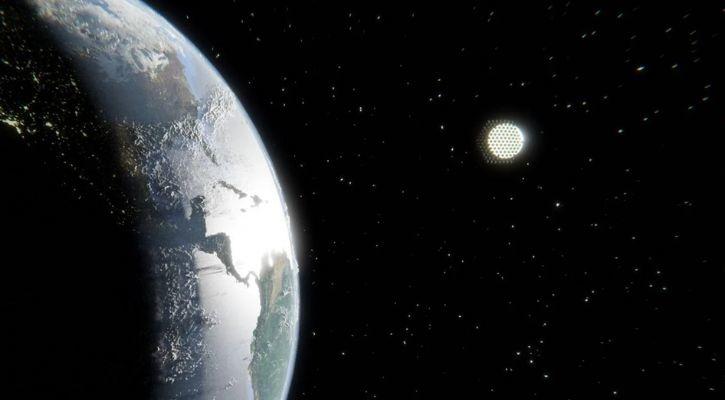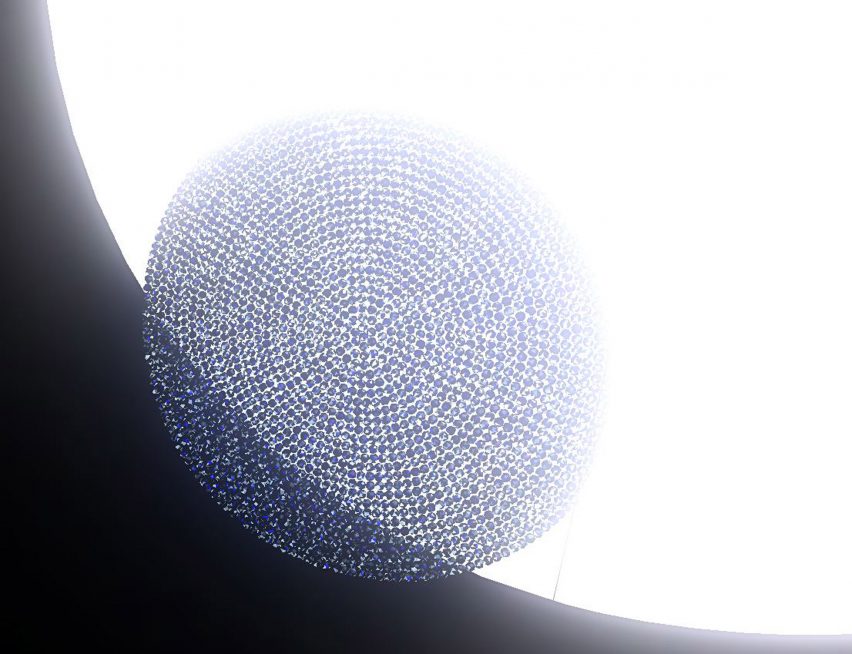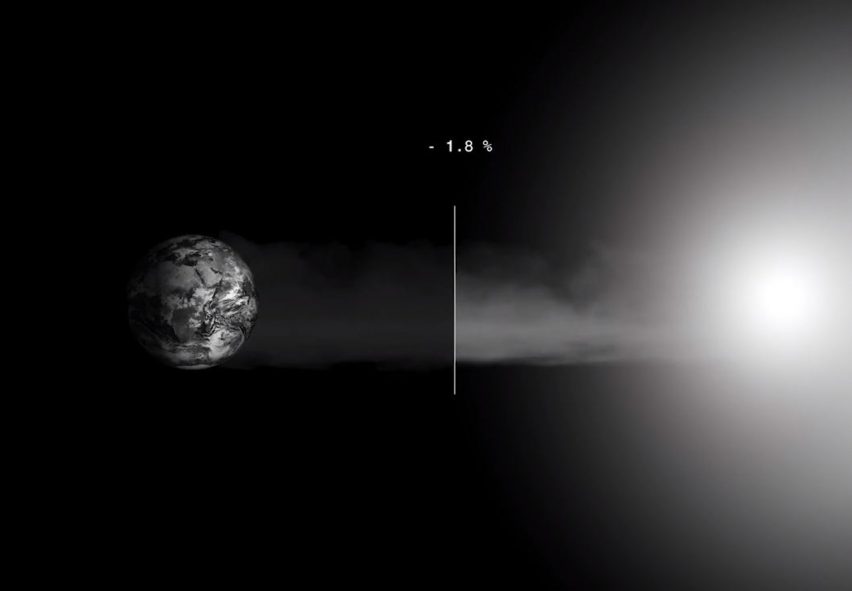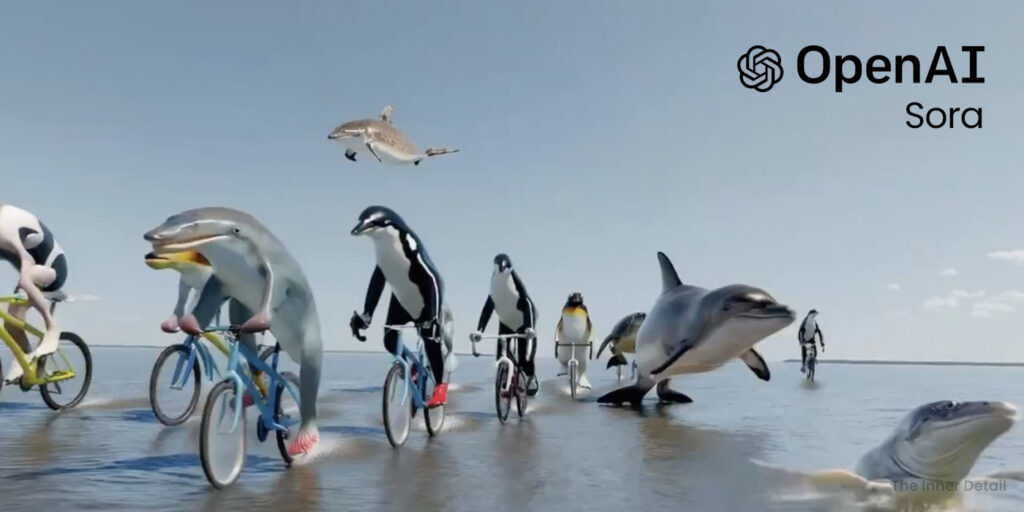A team of scientists at the Massachusetts Institute for Technology (MIT) plans to build and install frozen bubbles in space that’s big enough to reflect the sun’s light away from the earth.
Global warming and its impact Climate change has been a matter of concern to our earth, scientists warn. World now prepares on tackling the mess by undertaking a number of innovative ways, starting from renewables to curbing the harmful gases (like CO2, NOx), as much as possible. And scientists wanted to reflect the sun-rays with a huge bubble shield in space, ultimately to cool down the earth, preventing global warming.
It’s the latest in the list of ideas that helps to tackle climate change.

The Space bubbles are the applications of geoengineering technology specially designed for the purpose of drifting away the sun’s light and cool the planet. This technology had already harnessed a way to overcome the warming of the planet, by a method called ‘stratospheric aerosol injection’, where aerosols would be introduced to the stratosphere to disperse the sunlight from entering the earth.
Albeit, these aerosols being on the verge of imposing negative impacts too, the method has been slowed down.
How do Space bubbles Work?
In advancement of that, MIT scientists now aim for creating a shield of space bubbles directly in Space, that are composed of a material which can withstand the space’s environment – lack of pressure and coldness. Probably silicon-based melts and graphene-reinforced ionic liquids were picked out as the suitable ones.
They could potentially make rafts full of these bubbles and locate them in space in an ideal spot called the L1 Lagrange Point, where the gravity of earth and sun cancels each other out, Scientists explained. It’s the same point (L2), where the James Webb Telescope has been parked, FYI.
Related Posts
The inflatable bubble to reduce the glare of the sun for the entire earth, has to be mammoth and the estimated size compares to that of the size of Brazil. The shield has to be somewhere over the Brazil region for the plan to work. Besides, the bubbles on tests, were able to survive temperatures of -500C, to stay firm in the freezing cold of space.
According to the researchers, if the space-bubble is capable to deflect 1.8 percent of the incident solar radiation before it hits our planet, reversing the global warming will be handily possible.

However, a slight impediment shows creating the bubble at Brazil’s proportions in earth and launching it in space. That’s why rafts came into picture, which could manufacture the bubbles in space itself, so no worries on shifting a huge structure to space.
Space bubbles, contemporarily at cases of inducing any unwanted consequences or not working, the shield could be snapped off.
The idea seems to be just the pro-version of what we used to dream as a child – If the room gets cooled irrespective of the temperature outside, why can’t we cool the earth with a Giant AC? They took seriously the dream and instead of sending the cool-air in, hot-air is left out.
Find What’s New in your Favorite Topic!
AI Amazon Apple Apps Augmented Reality(AR) Biography Brain Cars ChatGPT China Education Future Future Tech Generative AI Google Health How To India Informational Innovation Instagram iPhone Jobs Meta Metaverse Microsoft Money Making OpenAI Robots Science Shopping Smartphone Smart Tech Solar Space Students Tech Gadget Technology Tech Tips Things You didn't know Top/Best Transportation Virtual Reality Wearables WhatsApp
(For more such interesting informational, technology and innovation stuffs, keep reading The Inner Detail).






